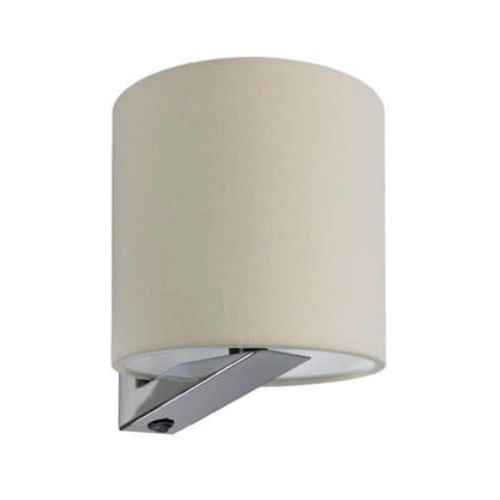Indirect Lighting
type of lighting
Definition of Indirect Lighting
Indirect lighting is a lighting method that aims light from hidden fixtures towards the upper walls and ceiling, which together evenly reflect the light back to the rest of the room.
When used together with ambient lighting, this type of lighting is beneficial for reducing reflected glare and shadows, especially in a space with multiple reflective surfaces.
The Sheila Wall Light is a perfect example of an indirect lighting fixture.
On a boat, indirect lighting creates a sense of a larger space by illuminating the edges of the cabin and other areas that go unnoticed, such as cabinets.
Since indirect lighting is reflected back, its effectiveness depends on the material of the reflective surface.
Therefore, keep these key factors in mind when designing indirect lighting:
- White and light-colored surfaces will reflect more light into the cabin.
- Dark surfaces reflect little light and will undermine the effect of the indirect lighting.
- Textured surfaces, such as rough-hewn wood, disperse the light unpredictably thanks to their unevenness.
- The power input and size of shade aperture also directly impact how bright the final lighting effect is.
Example of Indirect Lighting in a Sentence
"Indirect lighting gives a soft glow to the metal accents and hardware in a room."
Synonyms: uplighting
Related Terms for Indirect Lighting

